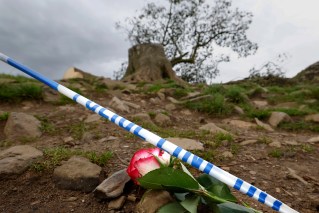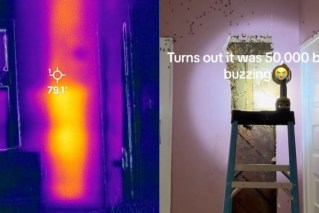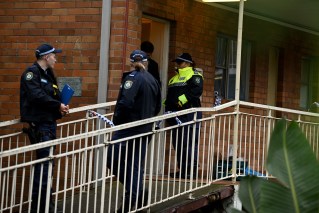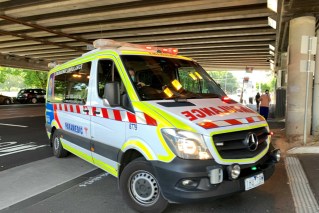Authorities warn about the deadly implications of mushroom foraging

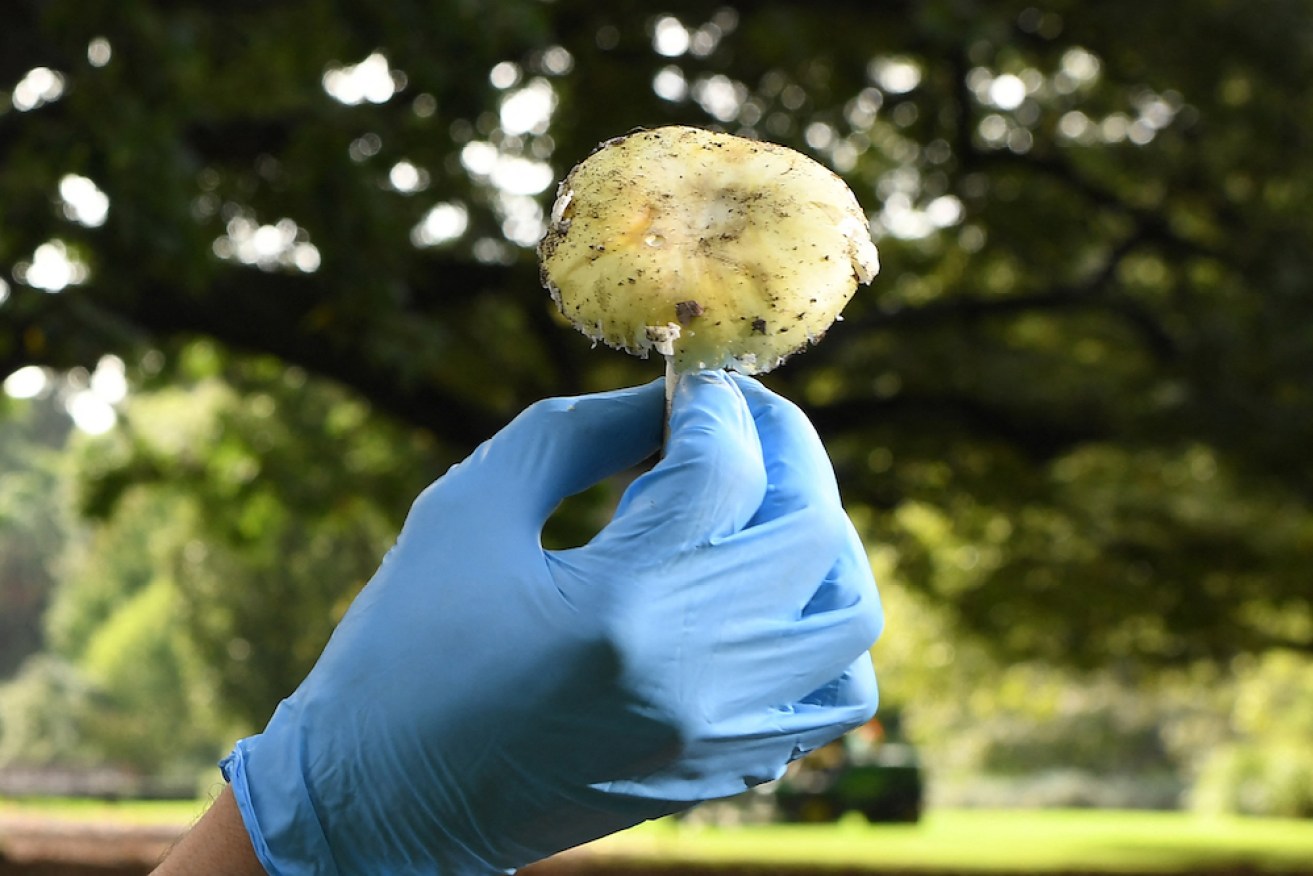
Death cap mushrooms are deadly poisonous mushrooms found in Australia. Photo: Getty
Foraging food was once a way of life and, even with the convenience of supermarkets, it’s a practice some still hold dear.
It is surely liberating and certainly frugal, but authorities have expressed some concerns about foraging for food, especially after two deadly incidences in less than a year.
Last Saturday, Melbourne woman Rachael Dixon died after consuming a drink at a health retreat in central Victoria. Authorities are working to determine whether the drink contained mushrooms.
Less than a year ago, three people died and another was in hospital for months after allegedly consuming poisonous mushrooms in eastern Victoria.
Erin Patterson, who has since been charged with three counts of murder and five of attempted murder, did not forage the mushrooms in the beef wellington at the centre of that fatal lunch. She has told authorities they were a combination of button mushrooms bought from a major supermarket chain and dried mushrooms from an Asian grocer in Melbourne.
But nonetheless, foraging remains risky. Victoria’s Department of Health issued an advisory about poisonous mushrooms growing in the state.
The department warns that unless someone is an expert, they should not collect and consume wild fungi, which tend to bloom in the autumn, as the weather gets cooler.
“Anyone who collects and consumes wild mushrooms of unknown species is putting themselves at risk of potential poisoning and serious illness,” the advisory said.
“Consuming a death cap mushroom may result in death.”
It’s not just Victorian authorities who have warned against picking up wild fungi for consumption.
NSW Health said it does not recommend picking and eating any wild mushrooms as some species are incredibly toxic.
Know your mushrooms
There are two types of fungi authorities in Victoria are concerned about: Death cap mushrooms and yellow-staining mushrooms.
Death cap mushrooms are grow under oak trees and their caps can be anywhere from 40-160 millimetres in diameter.
In terms of colour, they range from yellow-green to olive brown but the ridges on the underside of the cap are white. At the base of the stem, there is a membrane ‘cup’.
“Consuming just one mushroom can kill an adult,” Victoria’s Department of Health said.
“Symptoms of poisoning by death cap mushrooms can include violent stomach pains, nausea, vomiting and diarrhoea. Even if initial symptoms subside, serious liver damage may have occurred that may result in death.”
Tweet from @VicGovDH
Yellow-staining mushrooms can look just like mushrooms at the supermarket and other wild edible mushrooms, however, they happen to be much more common, growing in lawns and gardens.
This type of fungi is the cause of most poisonings due to ingestion of wild mushrooms in Victoria, the health department said.
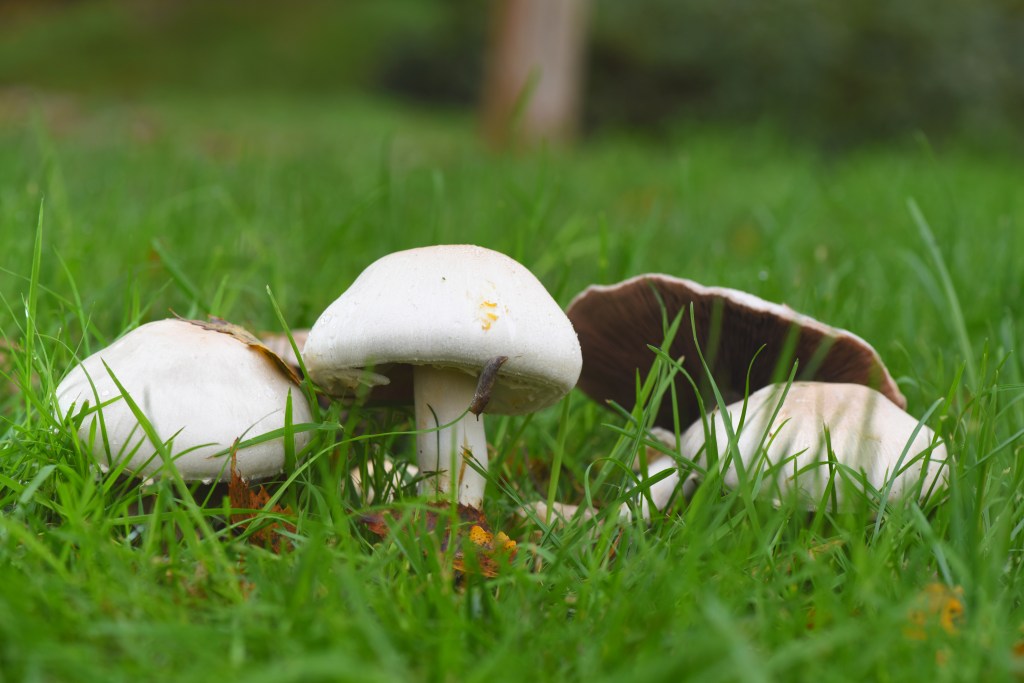
The yellow-staining mushroom looks like other edible mushrooms but is poisonous.
“Consuming yellow-staining mushrooms causes nausea, stomach cramps, diarrhoea and vomiting. The severity of symptoms varies with the amount eaten,” the advisory said.
Additionally, the ghost fungus and poison pie are two other species of mushrooms that can be poisonous if ingested, SA Health warns.
Symptoms to watch out for
Symptoms after ingesting a poisonous fungi may not be immediate. In some cases, they could be delayed by between six and 24 hours.
The symptoms can last up to two to three days and SA Health warns severity depends on how much was eaten.
According to SA Health, symptoms include:
- Violent stomach cramps
- Abdominal pain
- Nausea
- Vomiting
- Diarrhoea.
Advice for mushroom foraging
The general advice for picking and eating wild mushrooms is to not do it, unless you are an expert.
Naturally, some people won’t heed that advice and pets can also be at risk of consuming a dangerous fungi.
“People should urgently attend an emergency department if they believe they’ve eaten a poisonous mushroom. They should also take any remaining mushrooms with them for identification,” the health department recommended.
“In most cases, the sooner treatment can begin, the better the outcome. Do not wait for symptoms to occur before seeking medical attention.”
In case of an emergency, triple zero should be called.
The Poisons Information Line on 13 11 26 can also be called at any time.

